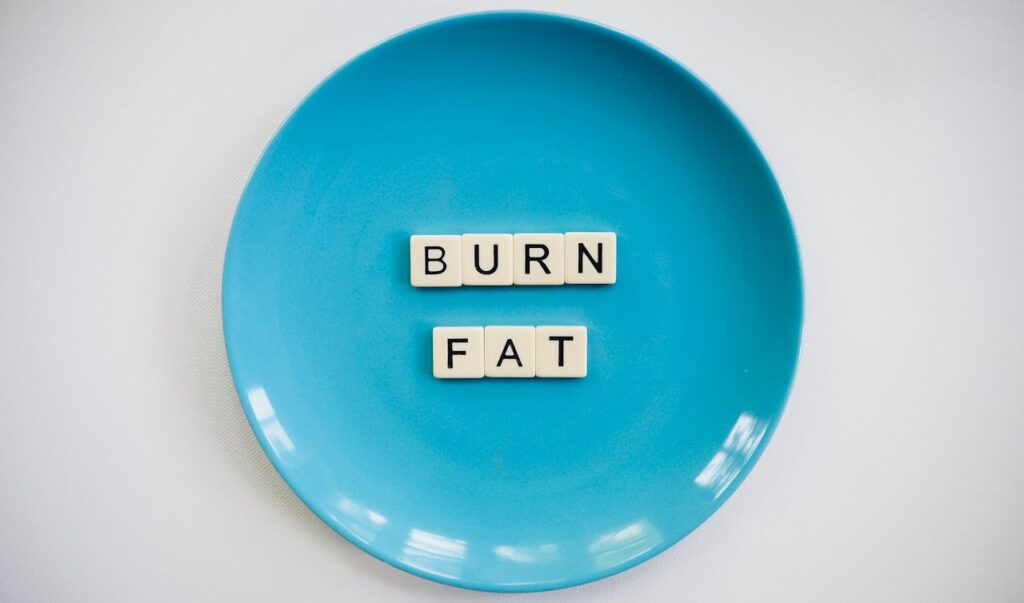
When it comes to weight loss, there’s no shortage of diets and plans promising quick results. However, we’ve all heard the phrase “one-size-fits-all” – and when it comes to intermittent fasting, this couldn’t be further from the truth. What works for your friend or family member may not work for you, and that’s because everyone’s body is unique.
In this post, we’ll explore the importance of customizing an intermittent fasting plan to fit your lifestyle, body type, and dietary needs. By the end of this article, you’ll have a better understanding of how to create a personalized plan that sets you up for optimal weight loss success in just 30 days.
The Problem with One-Size-Fits-All Approaches
We’ve all seen the before-and-after photos, the testimonials, and the celebrity endorsements. But the truth is, most diets and weight loss plans are designed to appeal to the masses, not to individual needs. This can lead to frustration, disappointment, and even health problems when we try to follow a plan that’s not suited to our bodies.
Intermittent fasting is no exception. While it’s been shown to be an effective way to lose weight and improve overall health, a generic approach can be counterproductive. For example, someone with a history of eating disorders may find that intermittent fasting exacerbates their condition, while someone with diabetes may need to adjust their plan to ensure stable blood sugar levels.
Identifying Your Body Type and Dietary Needs
Before we dive into the world of intermittent fasting, it’s essential to understand your body type and dietary needs. Here are a few questions to ask yourself:

What is your body composition? Are you lean, athletic, or do you carry excess weight?
What is your dietary history? Have you been a vegetarian or vegan for years, or do you eat meat regularly?
Do you have any food allergies or intolerances, such as gluten or lactose?
What are your energy levels like? Do you feel sluggish in the mornings, or do you have boundless energy throughout the day?
Answering these questions will help you identify your body type and dietary needs, which will in turn inform your intermittent fasting plan. For example:
If you’re lean and athletic, you may need to focus on maintaining muscle mass while losing fat.
Are you vegetarian or vegan? you’ll need to ensure you’re getting enough protein and iron from plant-based sources.
If you have food allergies or intolerances, you’ll need to adjust your plan to avoid trigger foods.
If you have low energy levels, you may need to focus on incorporating more protein and healthy fats into your diet.
Choosing the Right Intermittent Fasting Method
Now that you have a better understanding of your body type and dietary needs, it’s time to choose the right intermittent fasting method for you. Here are some of the most popular methods:
16:8: This involves fasting for 16 hours and eating within an 8-hour window. For example, you might stop eating at 8pm and not eat again until 12pm the next day.
5:2: This involves eating normally for 5 days of the week and restricting calorie intake to 500-600 calories on the other 2 days.
Eat-Stop-Eat: This involves fasting for 24 hours once or twice a week.
Alternate Day Fasting: This involves alternating between days of normal eating and days of calorie restriction or fasting.
When choosing an intermittent fasting method, consider the following factors:
Your lifestyle: If you have a busy schedule or travel frequently, a more flexible method like 16:8 may be more suitable.
Dietary needs: If you have high energy needs or are trying to build muscle, a method like Eat-Stop-Eat may be more effective.
Your health goals: If you’re trying to improve insulin sensitivity or reduce inflammation, a method like 5:2 may be more beneficial.
Adjusting Your Plan Based on Age, Health Conditions, and Medication
As we age, our bodies undergo natural changes that can affect our metabolism, hormone levels, and overall health. Additionally, certain health conditions and medications can impact our ability to fast safely and effectively.
Here are some factors to consider when adjusting your plan:
Age: If you’re over 65, you may need to adjust your plan to account for decreased muscle mass, bone density, and hormone levels.
Health conditions: If you have diabetes, high blood pressure, or other chronic conditions, you’ll need to work with your healthcare provider to develop a plan that takes into account your specific needs.
Medication: Certain medications, such as blood thinners or diabetes medications, may need to be adjusted or monitored while fasting.
Creating a Personalized Intermittent Fasting Plan for Optimal Weight Loss
Now that you’ve identified your body type and dietary needs, chosen an intermittent fasting method, and adjusted your plan based on age, health conditions, and medication, it’s time to create a personalized plan for optimal weight loss.
Here are some tips to get you started:
Start slow: Begin with a gentle approach, such as 12-hour fasts, and gradually increase the duration as your body adapts.
Listen to your body: Pay attention to hunger and fullness cues, and adjust your plan accordingly.
Stay hydrated: Drink plenty of water throughout the day, especially during fasting periods.
Get enough sleep: Aim for 7-9 hours of sleep per night to help regulate hunger hormones and support weight loss.
Be consistent: Stick to your plan consistently, even on weekends and holidays, to see optimal results.
Sample 30-Day Intermittent Fasting Plan
Here’s a sample 30-day plan to get you started:
Week 1-2: 12-hour fasts, 3 times a week (e.g. Monday, Wednesday, Friday)
Eating window: 8am-8pm
Fasting window: 8pm-8am
Week 3-4: 14-hour fasts, 4 times a week (e.g. Monday, Tuesday, Thursday, Friday)
Eating window: 10am-8pm
Fasting window: 8pm-10am
Week 5-6: 16-hour fasts, 5 times a week (e.g. Monday-Friday)
Eating window: 12pm-8pm
Fasting window: 8pm-12pm
Remember, this is just a sample plan and you should adjust it based on your individual needs and progress.
Conclusion
Intermittent fasting can be a powerful tool for weight loss, but it’s essential to approach it in a way that works for your unique body and lifestyle. By identifying your body type and dietary needs, choosing the right intermittent fasting method, and adjusting your plan based on age, health conditions, and medication, you can create a personalized plan that sets you up for optimal weight loss success.
Remember to start slow, listen to your body, and stay consistent, and you’ll be on your way to achieving your weight loss goals in just 30 days.
Accelerate your fat loss result with Eat-Stop-Eat Intermittent Fasting framework.





